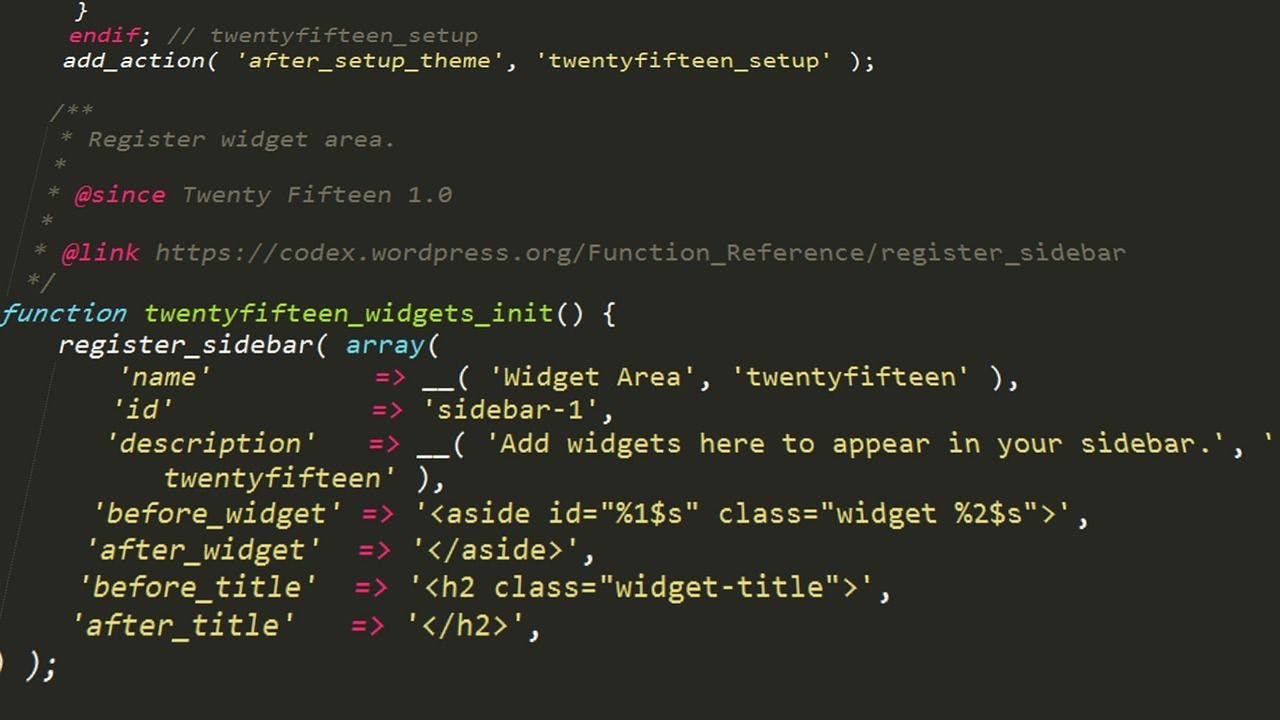After 8 years of building everything from appointment booking solutions to AI-powered applications, I find Lovable to be extremely interesting. Here are the 5 crucial steps I used to launch my latest Lovable vibecoding project, and why most people skip step 3.
Step 1: Set Yourself Up to “Vibe”
One thing I’ve learned in these years is that the initial phase of a project is critical, regardless of the domain. It’s really about capturing the essence of what you want to build before you get bogged down in technical details. Remember you are working with AI – it thrives on specificity and clarity.
Start with a five-minute stream of consciousness recording. This isn’t documentation – it’s creative archaeology. You’re excavating the emotional DNA of your project before logic gets in the way.
Aim to answer the following questions in your recording:
- Style Identity: What’s the personality of this project? Corporate? Playful? Minimalist?
- Emotional Response: How should users feel in their first 30 seconds?
- Visual Poetry: Describe animations like you’re painting with words
- Interaction Philosophy: Should it feel instant? Deliberate? Surprising?
The above unlocks a unique look and feel that sets your project apart. Without this step, your website will look like every other cookie-cutter template out there. Look at sites like Awwwards or Siteinspire for inspiration, and describe to the AI what you like about them.
Pro tip: Record while walking. Movement unlocks creative thinking patterns that sitting at a desk never will. I’ve solved more architectural problems on walks than in any conference room.
Step 2: Structure Your Thoughts with Gemini
Here’s where experience matters: not all AI models handle conversational audio equally. After testing every major platform, Gemini consistently outperforms for casual speech transcription. It understands context, handles tangents gracefully, and doesn’t choke on technical jargon.
For the setup, I use Gemini 2.5 Pro on Gemini. I have a Pro subscription, but a free account works fine as well – just with lower usage limits. Paste the following prompt and drag your audio file into the input box:
I am creating a new web application and need comprehensive requirements based on this stream-of-consciousness recording.
Please:
1. Transcribe the complete audio with high fidelity
2. Extract core functional requirements and user stories
3. Organize ideas into logical pages/sections with clear hierarchy
4. Expand on mentioned animations with technical implementation details
5. Suggest award-winning interaction patterns that match the described vibe
6. Include specific animation libraries and techniques (Framer Motion, GSAP, etc.)
Output as a structured requirements document that a developer could implement immediately.
This prompt has evolved through dozens of real projects. Each clause serves a purpose – the more specific you are, the better Gemini performs.
Step 3: Run the Prompt Three Times on Lovable (The Game-Changer)
Lovable is my go-to vibecoding platform for frontend development. You can also use other platforms like Base44, but I find Lovable’s output to be the most reliable in the least number of iterations.
Go ahead and paste your long Gemini prompt into Lovable. It will take a few minutes to process. Once you get your first result, don’t stop there.
This is where 90% of people skip out on. They get one “good enough” result and move on. But AI models are stochastic by nature – they have built-in randomness that most people see as a bug, not a feature.
So – while you are waiting for the first result, go back to the home page and paste that same prompt again. Do this a total of three times, and see how the outputs differ.
⚠️ Why Most Developers Skip This
We’re trained to optimize for efficiency, not exploration. Three runs feels wasteful until you realize that 2 extra prompts can really unlock new insights. I’ve seen projects pivot entirely based on insights from the third iteration.
Step 4: Choose the Best and Refine Until You’re Happy
Be very specific about what you want. If you want a sidebar, say “I want a sidebar on the left side that collapses on mobile.” If you want a specific animation, describe it in detail.
Here are some example prompts that worked well for me for my personal website, describing specific parts of the UI:
For the navigation bar, I described how I wanted it to behave in mobile and desktop views, and the scroll position as well:
The navbar should be transparent at first but when you scroll
down have a professional solid color. On mobile display, it
should collapse with a hamburger menu and have a smooth animation
dropdown of menu items.
For some prompts, I also attached sample images to illustrate the design I had in mind.
For the projects section in the site, it should look like the
attached screenshot, but in darker mode. These projects should
have a placeholder picture each showing their home page, and it
should be in 3 grid mode. On hover, it allows you to click on
"View Project" to view further details.
Step 5: Deploy and Celebrate
Once you’re happy with the output, it’s time to deploy. Lovable makes it easy to connect to your GitHub repository and deploy directly to platforms like Cloudflare Workers. I’ve found Cloudflare Workers to be incredibly fast and reliable for my projects.
Now that you have a vibecoded frontend, you can connect it to your custom backend service as well.









